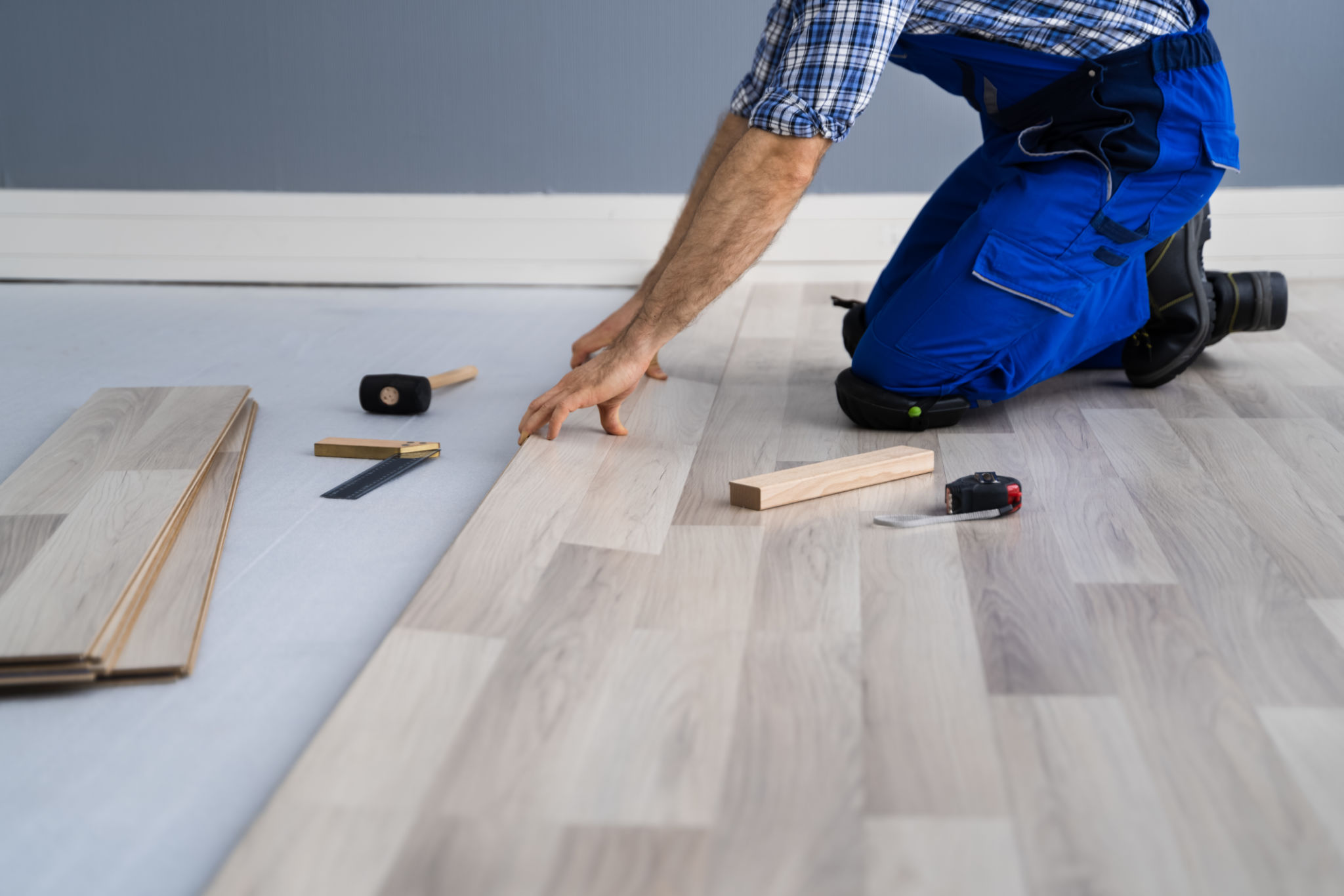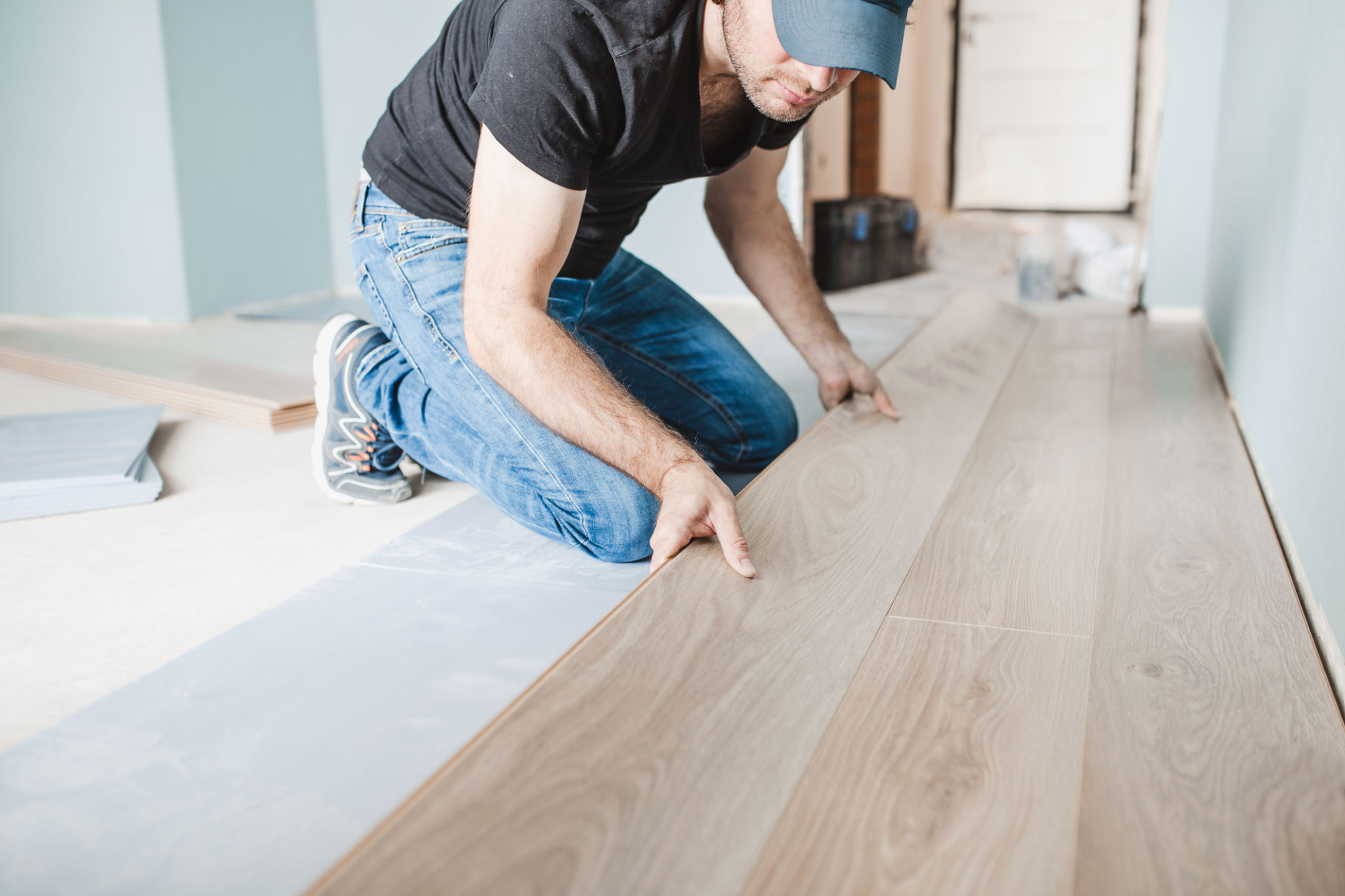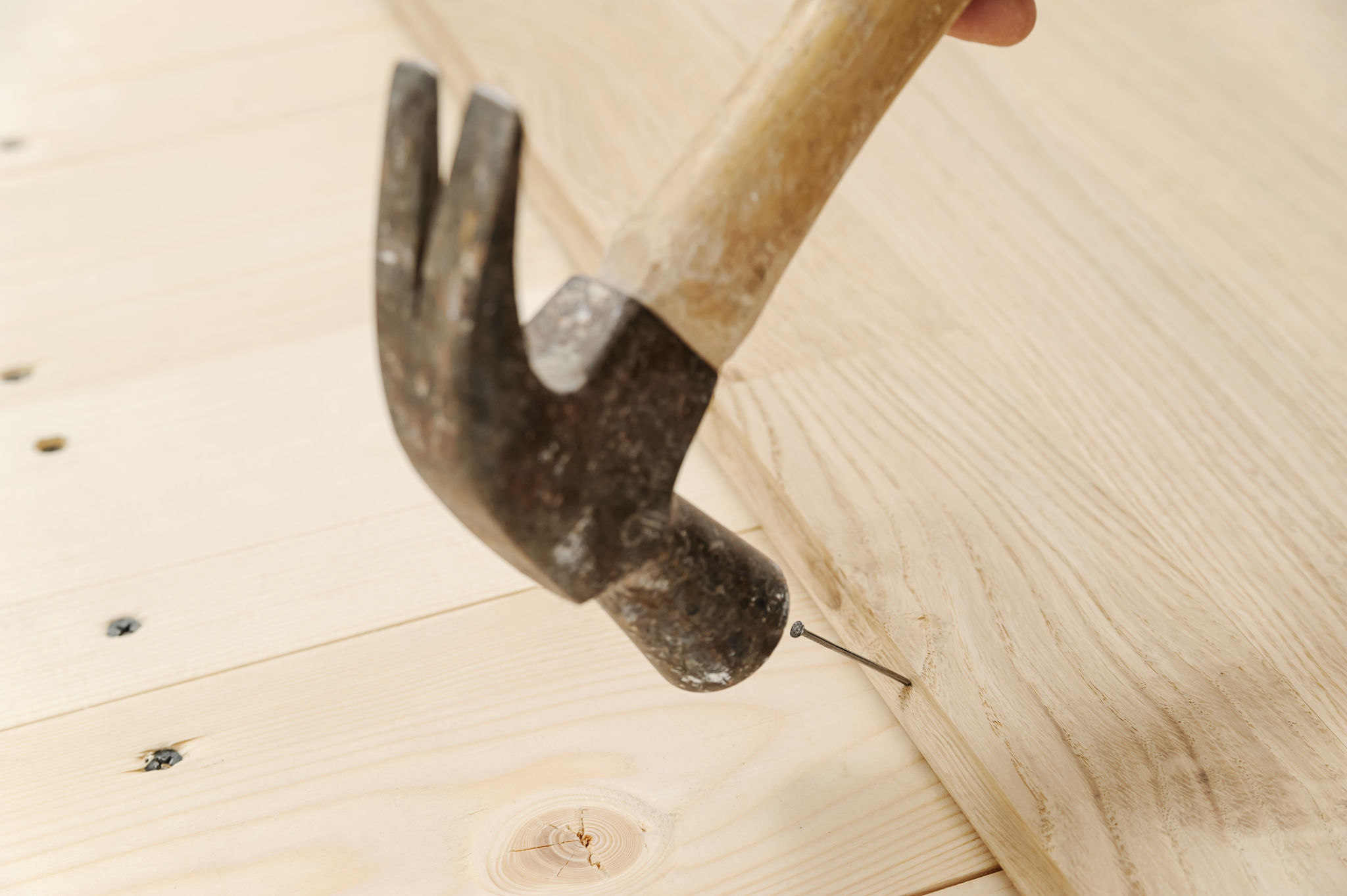Choosing the Right Flooring: Glue-Down vs. Nail-Down vs. Float Installations
Introduction to Flooring Installation Methods
When it comes to installing new flooring, the method you choose can significantly impact the final look and durability of your floors. Three of the most common installation techniques are glue-down, nail-down, and floating installations. Each has its unique advantages and is suitable for different types of flooring and subfloor conditions.
Understanding the differences between these methods will help you make an informed decision that aligns with your needs, budget, and style preferences. This guide will explore each option in detail to help you determine the best approach for your home renovation project.

Glue-Down Installation
Advantages of Glue-Down Flooring
Glue-down installation involves adhering the flooring directly to the subfloor using a strong adhesive. This method provides a firm and stable surface, reducing movement and noise. It's particularly beneficial for areas with high foot traffic or where sound insulation is a priority.
The glue-down method is often used for luxury vinyl tiles, hardwood, and engineered wood floors. One of the key benefits is its ability to handle moisture better than other installation methods, making it suitable for rooms like kitchens and basements.
Considerations for Glue-Down Installation
While glue-down installations offer a stable and durable floor, they require a smooth and clean subfloor. The process can be labor-intensive and may require professional installation to ensure proper adhesion and alignment. Additionally, removing glued-down flooring can be challenging, so consider this when planning future renovations.

Nail-Down Installation
Benefits of Nail-Down Flooring
Nail-down installation is a traditional method used predominantly for solid hardwood flooring. This technique involves nailing the planks directly into the subfloor, providing a secure fit that enhances stability and longevity. Nail-down floors are known for their classic appearance and durability.
This method is ideal for areas where you desire a strong, long-lasting floor. It allows for sanding and refinishing over time, which can extend the life of your flooring significantly.
Challenges of Nail-Down Installation
However, nail-down installations require a wooden subfloor, limiting their use on concrete or other non-wood surfaces without additional preparation. The process requires precision and skill, often necessitating professional installation to avoid damage to the flooring materials.

Floating Installation
Features of Floating Floors
Floating installations are increasingly popular due to their versatility and ease of installation. This method involves laying flooring planks on top of an underlayment without direct attachment to the subfloor. The planks are locked together through a click-and-lock mechanism.
Floating floors are suitable for a variety of materials, including laminate, engineered wood, and some vinyl options. They are ideal for DIY projects since they require minimal tools and expertise.
Considerations for Floating Installation
While floating floors offer flexibility, they may not provide the same level of stability as glue-down or nail-down methods. They can expand and contract more with changes in temperature and humidity, which may lead to gaps or buckling if not properly installed or acclimated.
It's crucial to ensure the subfloor is level to prevent issues over time. Despite these considerations, floating installations remain an excellent choice for many homeowners due to their ease of installation and ability to be installed over existing flooring.

Conclusion
Choosing the right flooring installation method depends on several factors, including your budget, flooring material, subfloor type, and personal preference. Whether you opt for the robust stability of glue-down floors, the classic durability of nail-down options, or the convenience of floating installations, each method offers unique benefits that can enhance your space.
By carefully evaluating these factors and possibly consulting with a professional installer, you can ensure that your new floors will meet your needs and stand the test of time.